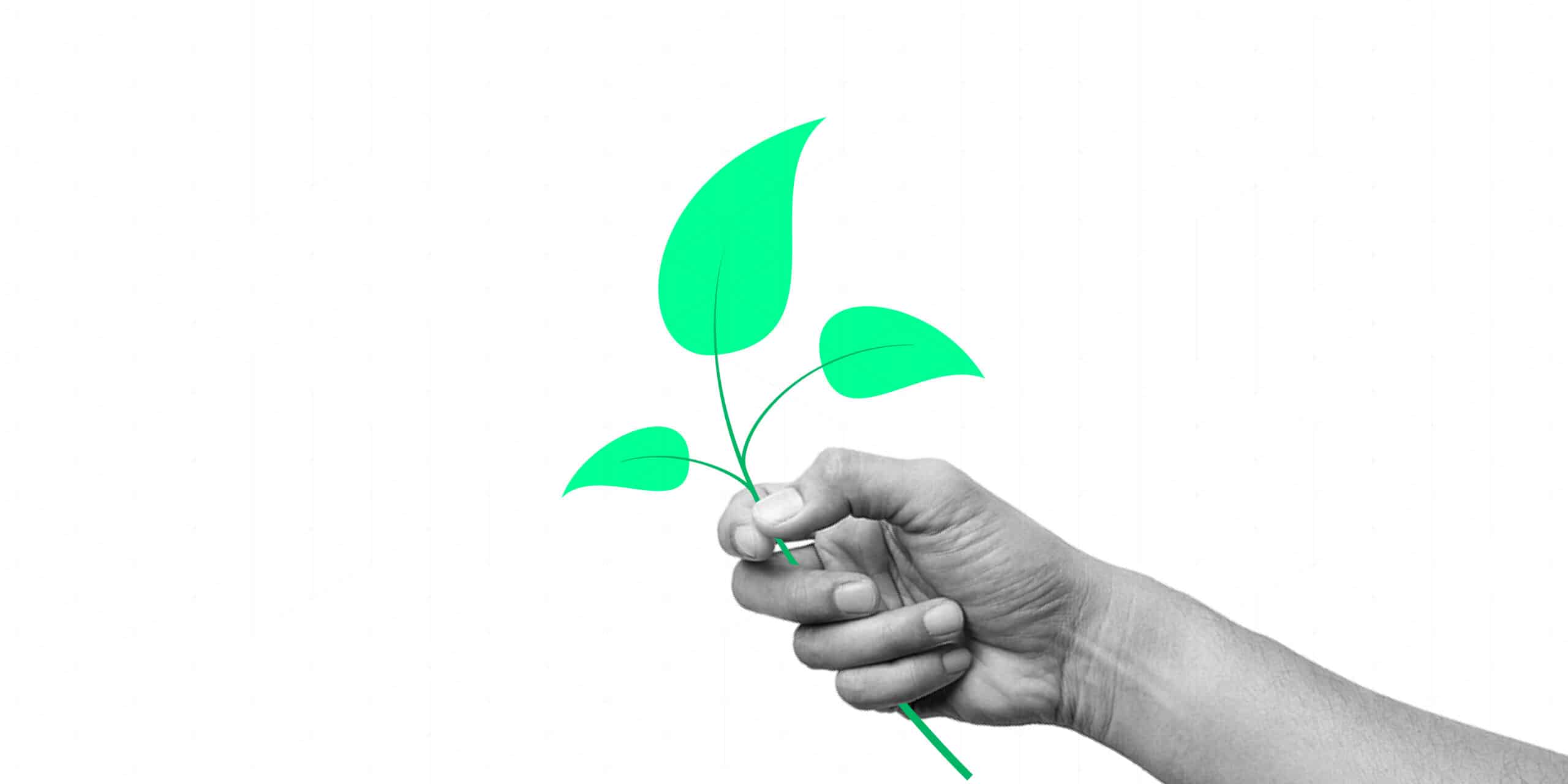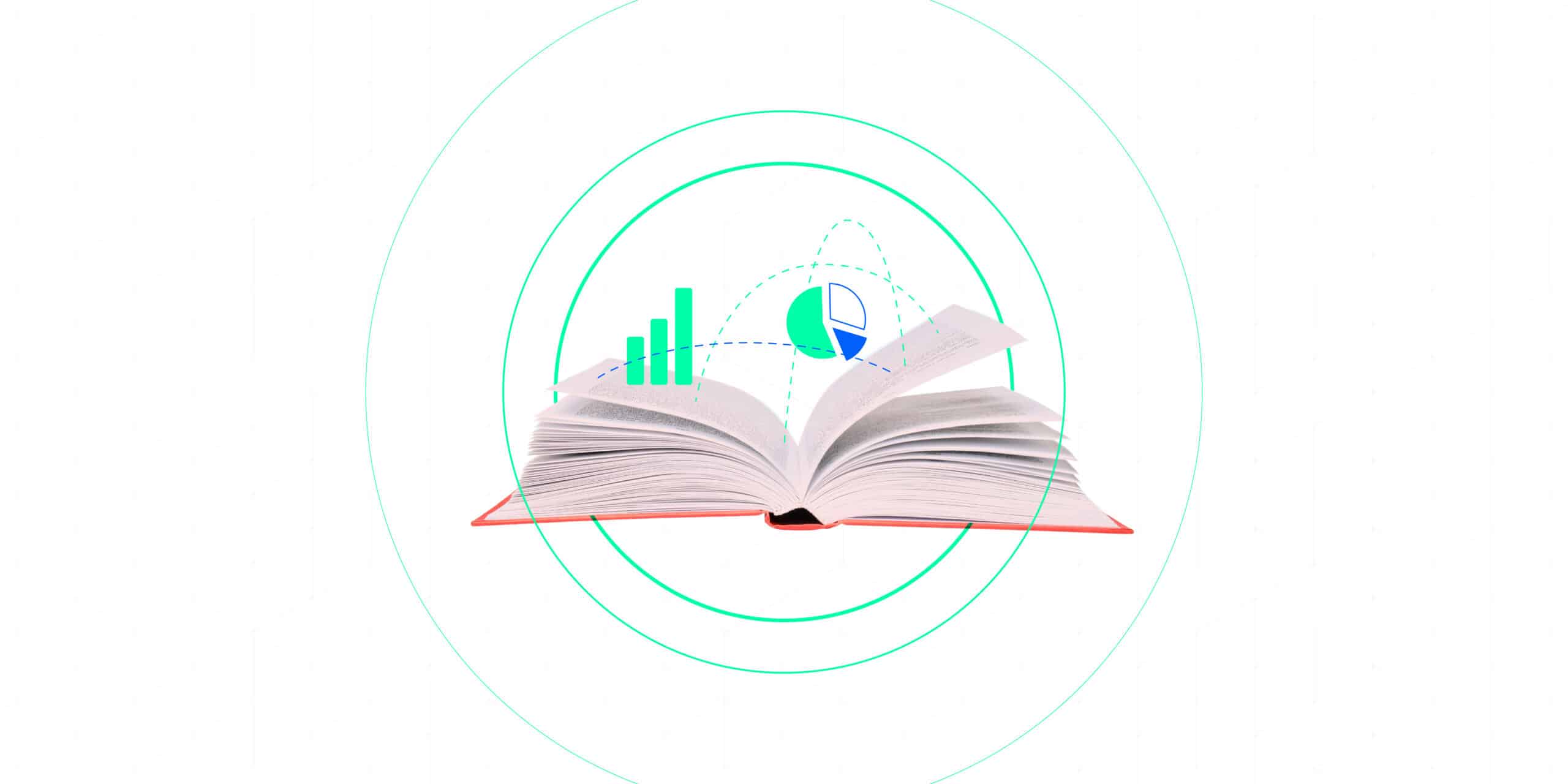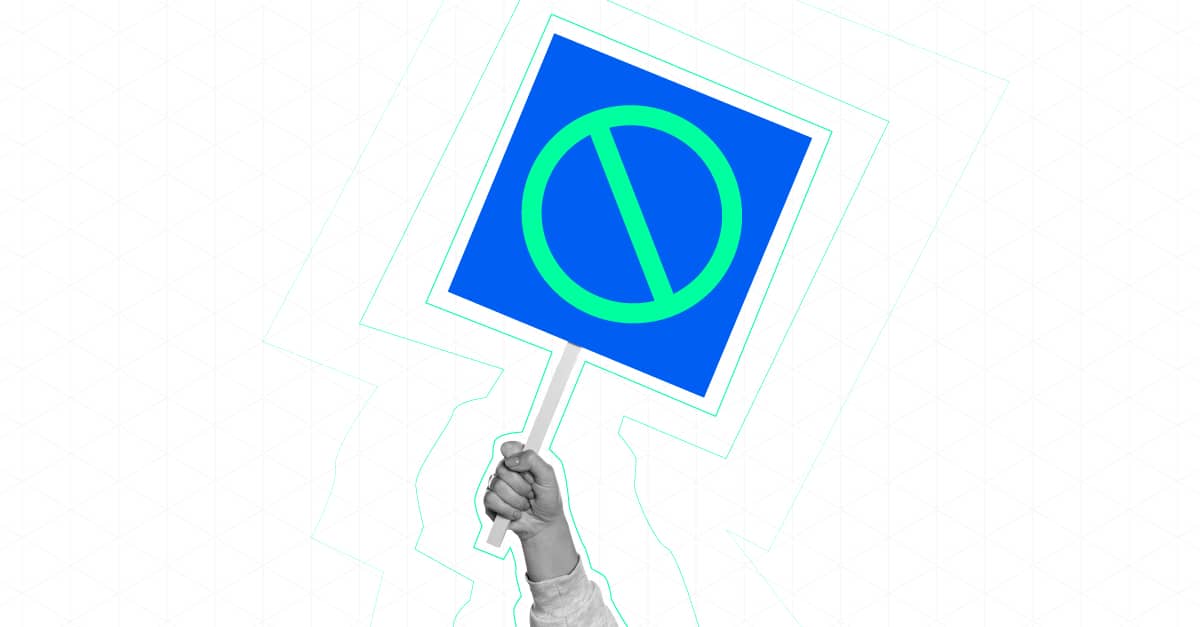Energy communications in the Middle East have experienced a remarkable shift in recent years, reflecting the acceleration of domestic ambitions and the sheer unpredictability of global dynamics. From sudden policy U-turns during the second Trump Administration to growing ESG demands from international investors, energy developers and operators need to be more adaptable than ever.
Across countries like the UAE, Saudi Arabia (KSA), Qatar, and Oman, governments are aggressively pursuing clean-energy goals, aligning with global commitments, yet aligning them to local conditions. As the region ramps up its renewables capacity and diversifies beyond hydrocarbons, it’s no longer enough to announce big projects. Proving their value to local communities, foreign stakeholders, and an increasingly sceptical public has become a strategic imperative.
Looking Back: Middle East Energy Then and Now
Over the past five years, the traditional, top-down approach to energy communications, driven mostly by policymakers and state-based entities, has evolved into a multi-layered discourse.
Factors driving this transformation include:
1. Accelerated Renewables & Clean Energy
- UAE: According to the International Renewable Energy Agency (IRENA), the UAE’s solar capacity soared to 5,900 MW by 2023, with large-scale projects like the Mohammed bin Rashid Al Maktoum Solar Park.
- KSA: Saudi Arabia aims to install 9.5 GW of renewable capacity by 2023, aligning with Vision 2030 goals to diversify its economy. The NEOM mega-project alone highlights the country’s ambition to power entire regions via green hydrogen and solar.
- Qatar: A major LNG exporter, Qatar is also bolstering solar initiatives like the Al-Kharsaah Solar PV Plant (800 MW), reflecting a drive to augment natural gas leadership with renewable footprints.
- Oman: With wind projects such as the Dhofar Wind Farm and newly announced solar initiatives, Oman is quietly ramping up its investment in clean energy, aiming for at least 30% renewables in its energy mix by 2030 (Oman’s National Energy Strategy).
2. Shifting Public Perception
- Policy changes in major energy-consuming nations, like the US withdrawal and re-entry into the Paris Agreement, spotlighted how fragile global momentum can be. This triggered greater public awareness in GCC countries about the interplay between local plans and global forces.
3. Climate Realities & Economic Diversification
- From desertification in Oman to rising temperatures in KSA, climate impacts are becoming increasingly visible and volatile across the region.
- Governments realise that reducing hydrocarbon reliance isn’t just an environmental choice but a long-term economic strategy to attract global investments, especially from sustainability-focused funds.
The Next 5 Years: A New Era for Middle Eastern Energy Narratives
As solar, wind, hydrogen, and even nuclear energy gain traction, each country’s success story can differ vastly. However, they all face the reality that the renewables progress can be upended by trade disputes, sudden US policy changes, or shifting oil price dynamics. This volatility underscores why agile, transparent communication is the key to maintaining investor confidence and developer focus:
- Human-Centric Connections: In a 2021 global survey by BCG, 70% of respondents said they consider a company’s environmental and social responsibility a core factor in their purchasing decisions. In the Middle East, where large youth populations are increasingly vocal, energy brands must demonstrate that their efforts will bring direct community benefits (e.g., job creation, local infrastructure upgrades) alongside environmental gains.
- Proof Over Promises: Greenwashing allegations abound when global players tout “net-zero” but fail to show reliable data. Gen Z and millennials in Qatar or the UAE are no exception, demanding real-time metrics that underscore the tangible impact of a given initiative or new capacity installation. For example, projects like KSA’s NEOM will be scrutinised not just for its scale but also on its reporting transparency regarding CO2 reductions and local impacts.
- Localised and Culturally Resonant Messaging: The Middle East is not a monolith. Oman’s focus on smaller-scale, community-friendly wind farms is markedly different from KSA’s mega-project approach. Tying each project’s narrative to cultural values and national visions, like UAE Energy Strategy 2050 or Saudi Vision 2030, builds both pride and credibility among citizens.
Strategic Communications Initiatives: Thriving Amid Complexity
Given the ever-shifting geopolitical landscape (e.g., Trump-era uncertainties, global net-zero targets) and each country’s unique aspirations, energy companies in the Middle East must adopt robust, adaptable communication tactics:
- Scenario-Based Crisis Readiness
- Why do it? Market-shaking events, like a sudden US tariff on imports or policy reversals, can quickly alter investor mood.
- What to Do: Develop flexible comms frameworks to handle various scenarios (e.g., supply chain disruptions, new carbon taxes), ensuring each message swiftly adapts to the changing political temperature.
- Stakeholder Mapping & Tailored Outreach
- Why do it? From local community leaders in Oman to multinational partners in Qatar, each stakeholder has unique expectations that align with their current priorities and long-term goals.
- What to Do: Conduct precise stakeholder segmentation (e.g., government officials, local youth groups, global investors) and create targeted content (Arabic, English, or bilingual) that confidently speaks to their specific concerns and hopes.
- Multi-Channel Proof Points
- Why do it? Younger demographics and global audiences often dismiss pure text-based corporate releases.
- What to Do: Offer real-time data dashboards, interactive social media stories, and short, human-centric videos that highlight behind-the-scenes progress, such as following the progress of a worker training program in a KSA hydrogen plant or new solar installations in an Omani village.
- Thought Leadership & Public-Private Collaboration
- Why do it? Positioning your brand as a proactive partner in national vision-building fosters trust.
- What to Do: Host or co-host forums (virtual or live) with ministries or academic institutions in Qatar or the UAE, publish white papers on new tech (e.g., hydrogen fuelling stations), and engage in cross-border dialogues that unify the Middle East’s sustainability narrative.
- Transparent ESG Metrics & Reporting
- Why do it? Global investors from Europe, Asia, and even the US increasingly reward clarity and penalise vague claims.
- What to Do: Regularly publish quantifiable and easily verifiable updates, like CO2 offsets, water savings, or job creation levels. Leverage trusted third parties such as regional NGOs to validate your achievements, avoiding accusations of overstatement or greenwashing.
Why Acorn Strategy?
In a market where global consultancies often lack localised agility and small regional boutiques may struggle with integrated expertise, Acorn Strategy occupies a sweet spot between the two:
- Independent, Strategy-First Perspective: We fuse PEST insights (political, economic, sociocultural, technological) with on-the-ground knowledge of GCC markets, guaranteeing campaigns stay relevant even if Trump-style policy shifts shake confidence.
- Prove Your Promise Philosophy: Our approach blends verified data (like monthly carbon offsets or water savings) with human-led storytelling to earn genuine trust, crucial when announcing mega-projects in Saudi Arabia or unveiling local wind farms in Oman.
- Regional Expertise, Global Reach: Beyond the UAE, we understand KSA, Qatar, and Oman’s distinct ambitions, cultural values, and communication needs, ensuring each message aligns with national goals while resonating internationally.
- Agile & Collaborative Execution: From scenario-mapped crisis plans to bilingual campaigns, we help you pivot swiftly and protect brand credibility even in the middle of any form of domestic or geopolitical turbulence.
Seize the Moment: Future-Proofing Your Energy Narrative in the Middle East
Whether it’s a Qatari push for solar expansion, a Saudi drive for hydrogen leadership, an Emirati wave of nuclear and renewable projects, or Omani wind initiatives, the Middle East’s energy canvas is vibrant and full of potential. To truly stand out and weather global policy storms, your communications strategy must be:
- Transparent: Show real milestones, not hype.
- Culturally Attuned: Reflect the region’s values and aspirations.
- Adaptable: Ready to pivot when external forces (from trade policies to environmental activism) strike.
Are you ready to ensure your energy story resonates across the GCC and beyond? Partner with Acorn Strategy to transform technical feats into compelling, trust-building narratives that withstand geopolitical uncertainties. Let’s prove your promise, together.



